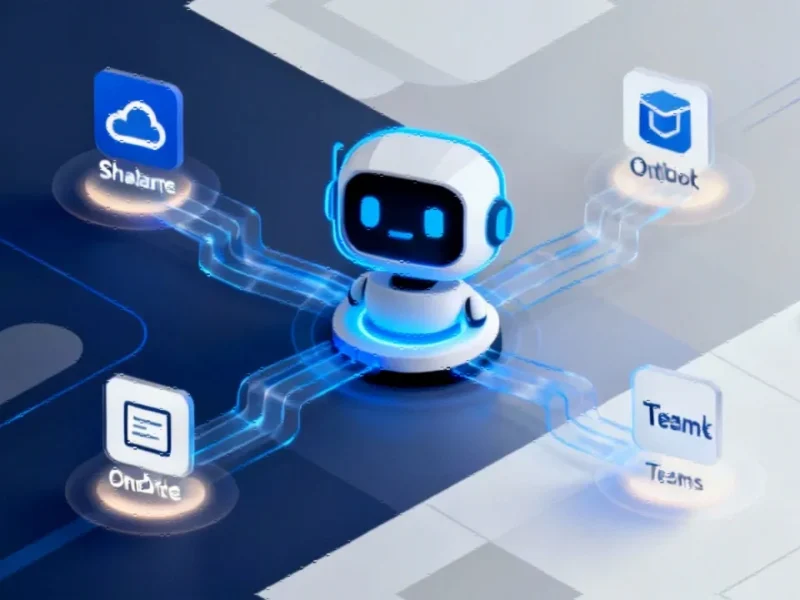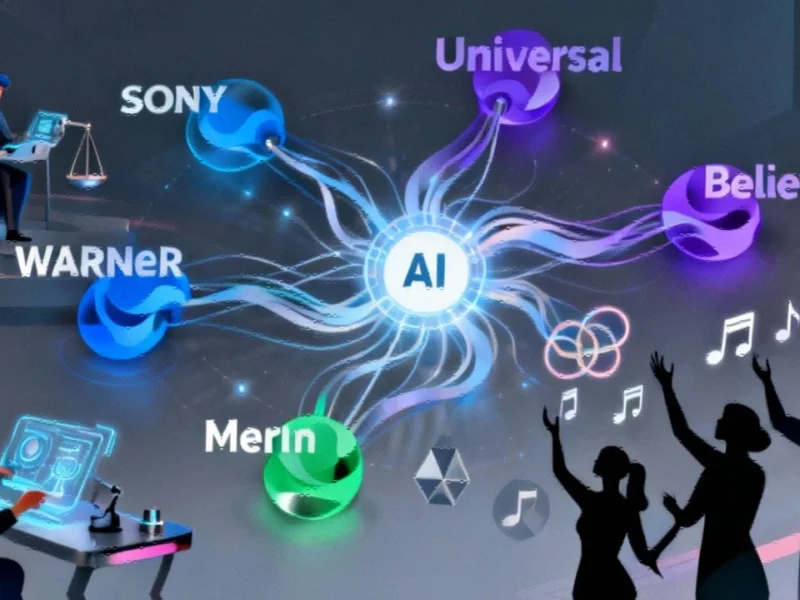From Retirement To AI Leadership: Nancy Avila’s Unexpected Journey
When Nancy Avila retired from healthcare giant McKesson in early 2024, she anticipated a quieter life balancing board responsibilities with personal time. Instead, the rapid acceleration of artificial intelligence developments pulled her back into a full-time leadership role. “The excitement around AI was impossible to ignore,” Avila recalled. “When Analog Devices approached me, I recognized this was an opportunity to work at the core of what’s driving technological transformation.”
In August 2024, Avila joined the $9.5 billion semiconductor company as Chief Information Officer, bringing with her extensive experience from McKesson and Johnson Controls, plus valuable perspectives from her board positions at Haleon and previously Comerica Bank. At Analog Devices, she discovered a company whose technology forms the critical bridge between physical and digital worlds across industrial automation, automotive systems, and communications infrastructure.
A Three-Pillar Framework For Balancing Stability And Innovation
Avila quickly established what she describes as a three-pillar IT strategy designed to maintain operational excellence while accelerating innovation. “We’re building on a foundation of running and securing the business effectively, then optimizing processes through standardization, and finally pushing boundaries with emerging technologies,” she explained.
This framework guides transformation across customer experience, manufacturing resiliency, and administrative productivity. “What’s fascinating today is how AI fundamentally changes our approach to problem-solving across all three pillars,” Avila noted. The strategy reflects broader market trends where companies are shifting from theoretical AI exploration to practical implementation.
Agentic AI: Beyond Automation To Autonomous Reasoning
While Analog Devices has utilized machine learning for years, Avila is championing what she calls “agentic AI” – systems capable of reasoning, acting, and learning autonomously. “These aren’t just automation tools,” she emphasized. “They’re intelligent partners that orchestrate work in fundamentally new ways, driving productivity without constant human intervention.”
Engineers at ADI are already experiencing the benefits. “Our thousands of engineers previously spent significant time searching for design specifications and component parameters,” Avila described. “Now they receive instant answers through AI agents, reclaiming valuable time for innovation.” In manufacturing, conversational AI tools help process engineers detect anomalies in real-time, eliminating hours of manual investigation.
This approach to AI implementation demonstrates how companies are navigating the security paradox that often accompanies rapid technological adoption, balancing innovation with responsible governance.
Data Readiness: The Foundation For AI Acceleration
Avila stresses that AI success depends entirely on data foundation. “You cannot implement effective AI without organized, accessible, high-quality data,” she stated unequivocally. “Companies that have prioritized data readiness will accelerate while others struggle.”
At Analog Devices, she’s observed a direct correlation between data preparation and AI implementation speed. “Where we have clean, integrated data, we move exceptionally fast. Where data quality needs improvement, we pause to focus on integrity first.” This data-first approach is becoming increasingly critical as AI chip demand continues to drive semiconductor industry growth.
Transparent Decision-Making In The Age Of Cloud Computing
One of Avila’s core leadership philosophies centers on transparency, particularly regarding technology investments and their business impact. “In complex organizations, it’s often difficult to understand where technology dollars are flowing,” she observed. “We’re changing that at ADI.”
She has implemented tools that give business leaders clear visibility into how their decisions affect IT costs, especially around cloud computing – one of the company’s largest expenses. “We monitor cloud compute closely and have built tools to help engineers understand the cost implications of their design choices,” Avila explained. “You don’t want to discover a month later that you spent $100,000 training a model without understanding the business return.”
This transparency extends to measuring outcomes across all technology investments. “We must continuously evaluate whether we’re achieving the intended value from what we build,” she said. “Technology for technology’s sake doesn’t interest me – it’s about measurable business impact.”
Leading Technology In A Company Of Engineers
Unlike her previous roles, Avila now operates in an organization where technical expertise permeates every function. “When your product is technology and nearly everyone is an engineer, IT’s role evolves,” she noted. “We focus more on governance and orchestration than technical direction.”
Her leadership approach emphasizes enablement over control. “We create safe spaces for innovation,” Avila described. “When someone wants to test a new tool or solution, we provide the environment for experimentation. Once they’re ready to scale, IT ensures the solution is sustainable and adds enterprise-wide value.”
This philosophy extends to her partnerships with business and engineering leaders. “When you understand the business as deeply as the business leaders themselves, and you maintain genuine curiosity, you naturally help solve their most pressing challenges,” she said. Avila’s perspective on agentic AI implementation reflects her broader view that technology leadership requires deep business integration.
Boardroom Experience Informing Corporate Leadership
Avila’s extensive board experience shapes her executive approach. “Board work begins with your specific expertise – in my case, cybersecurity and IT – but quickly becomes collaborative,” she reflected. “You gain exposure to diverse industries and challenges, then bring those insights back to your primary role.”
Her journey to corporate boards began when a former CEO encouraged nonprofit board service to broaden her leadership perspective. That experience led to successive opportunities at Comerica Bank and Haleon. Her advice to aspiring CIO board members is practical: “Secure executive support, start with nonprofit boards, and network intentionally. Then it’s about demonstrating your experience and perspective.”
The Future: Quantum Computing And Humanoid Robotics
With her background in mathematics and statistics, Avila finds the current AI acceleration particularly compelling. “AI has existed for decades, but the pace of transformation today is unprecedented,” she observed.
She identifies quantum computing as the next frontier. “Seven years ago, quantum felt distant. Today, it’s becoming tangible,” she said with evident excitement. She’s equally intrigued by emerging humanoid robotics not as science fiction but as practical tools. “Consider robots assisting individuals with mobility challenges – that reality is approaching faster than many anticipate,” she suggested, pointing to how industrial applications often precede consumer adoption.
These technological advancements are reshaping global manufacturing, as evidenced by recent developments in automotive production and similar industry transformations that highlight how technology is redefining operational models.
Energized By The Future
As she reflects on her first year at Analog Devices, Avila expresses enthusiasm for the road ahead. “Analog Devices plays a crucial role in mobilizing AI from edge devices to core infrastructure,” she said. “Being part of this transformation during such a pivotal moment is incredibly energizing.”
Her journey from retirement back to technology leadership underscores a broader trend: the magnetic pull of AI innovation is drawing experienced executives back to the forefront of technological change, bringing with them hard-won wisdom about balancing innovation with operational excellence.
This article aggregates information from publicly available sources. All trademarks and copyrights belong to their respective owners.



